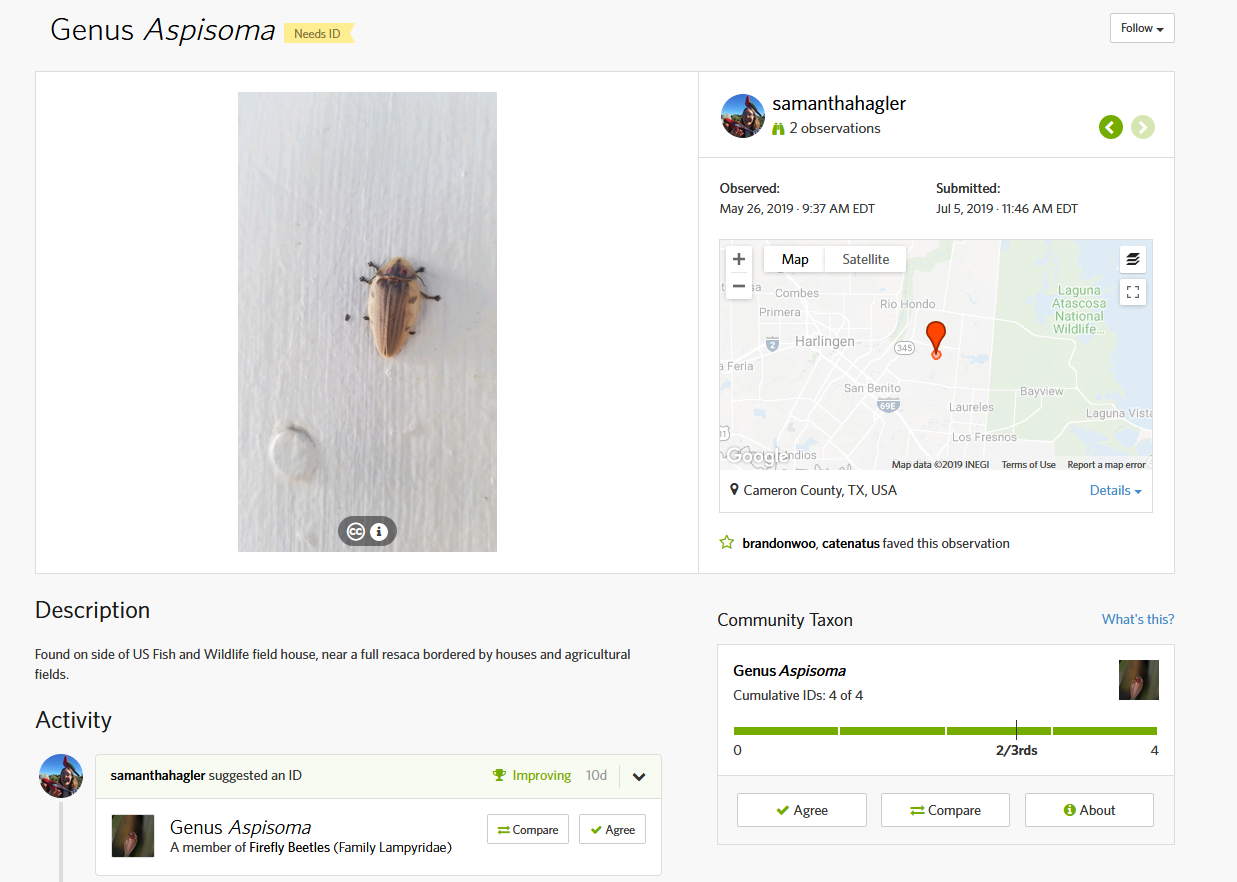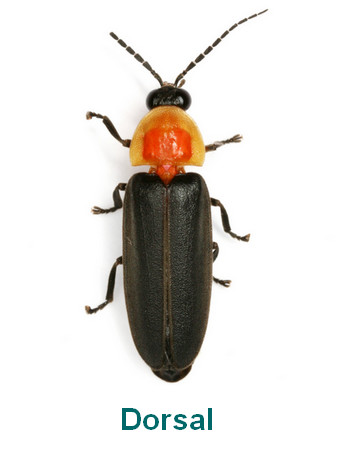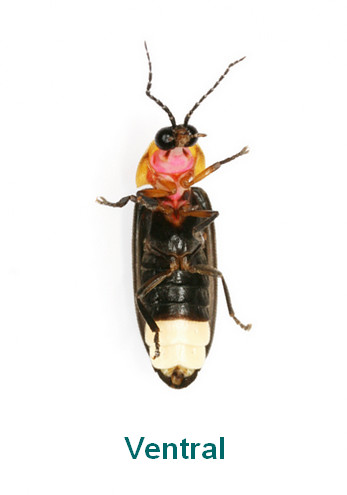FIREFLY SIGHTINGS
Firefly scientists are in urgent need of your observations! Photos and flash pattern descriptions are urgently needed. Be apart of the collective effort to describe discover new species and understand the many fireflies species right in your local area. Many areas of the world are still largely unexplored. If you happened to see an interesting firefly, record that observation. Tell us about it!
We recommend submitting your observations to iNaturalist. Download the app on the App Store or Google Play for Android. Use the iNaturalist app to record your observations. See below for our recommendations on what to submit. iNaturalist helps you identify the plants and animals around you and is a social network of naturalists, citizen scientists, and biologists built on the concept of mapping and sharing observations of biodiversity. It is a joint initiative of the California Academy of Sciences and the National Geographic Society.
What to submit to iNaturalist:
- Photo of the dorsal (back), ventral (underside) and side of the insect. Try your best to capture the underside of a firefly that shows the light organs. This is very helpful to accurately ID a firefly.


- Record of the flash pattern, if you saw it. What was the interval of flashes per second(s)? Was it a single flash, double flash, trailing glow? For example, you might say the firefly flashed at 2 second intervals followed by a trailing glow, or the flashing intermitently.
- What was the color of the flash? (i.e. yellowish green, amber)
- What was the date and time of night? Record the date and time. If you can’t remember, find the photo in your photo library and click on the ⓘ information at the bottom of your photo if you are using an iPhone. Some phones will also record location information.
- Where was it seen? Use Google Maps to get Longitude and Latitude coordinates or use the iNaturalist app to pinpoint the location of your sighting.
- Can you describe the habitat in detail? Was it near any water sources?
- What time of night? Be sure to record the time and time zone (9:15pm EST for example). This information is very helpful.
Once you submit your firefly observation, the iNaturalist app will try to get as close to possible to try to ID it to the genus level (for example, Photinus or Photuris). Then wait for an firefly expert to help assist in ID’ing it to the species level. Once your observation reaches multiple experts agreeing on its classification, it will reach Research Grade observation. These high quality observations help firefly researchers better understand the biodiversity of species in a particular area, raise awareness to new species not previously known about, and illuminate better information about known species.
Ben is an active contributor to iNaturalist. You can find Ben’s iNaturalist profile here.
Example of how iNaturalist has helped firefly science
One great example of how iNaturalist has helped bring to light previously unknown species was in May 2019. A field researcher conducting avian research in the southern part of Texas recorded a photo and sighting of a rather “curious” looking firefly. She posted it to iNaturalist. Quickly other firefly researchers noticed it and identified it as a rarely seen firefly in the US known under the genus Aspisoma. Texas once harbored some resident populations of Aspisoma near the Monahans Sand Dunes area of West Texas. Due to loss of habitat and decline of water tables, it hadn’t been seen the 1970’s. So this sighting was rather valuable and fascinating.

Every observation helps! Citizen science work is very valuable. Get submitting! The more we know about fireflies in a particular area the better we will be able to protect.
Other websites to submit your firefly sightings
We also support the efforts of BugGuide.net and Boston Museum of Science research project
collecting firefly data from around the country. BugGuide.net has some of the highest research quality species identification data available for regions in the United States as it is curated by highly skilled entomologists who are specialized in specific types of insects. Use the same guidelines above to submit your observations to that website.
For the Boston Museum of Science, you can submit your firefly sightings
to that project and be apart of broader firefly research projects allowing scientists to access more generalized data on firefly life history and unique behaviors. Visit the MassAudubon research participation page and read more about how you can help.

